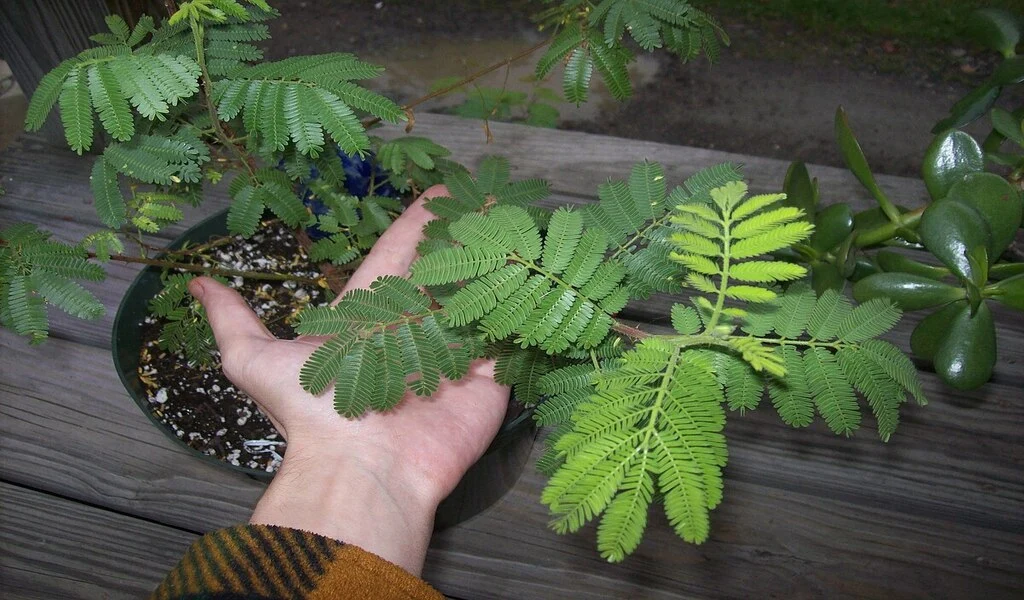Health
Unveiling the Versatile Uses of Mimosa Hostilis Root Bark

Mimosa hostilis, also known as Mimosa tenuiflora or Jurema Preta, is a perennial shrub indigenous to the northeastern region of Brazil and parts of Mexico. Among its various components, the root bark holds a treasure trove of applications, ranging from traditional medicine to modern-day cosmetics. This article delves into the myriad uses of mimosa hostilis root bark, shedding light on its multifaceted significance.
Traditional Medicinal Uses:
For centuries, indigenous tribes in South America have revered Mimosa hostilis root bark for its healing properties. It has historically treated skin conditions, burns, and wounds. The bark’s high astringent tannin content makes it beneficial for contracting and tightening tissues while lowering inflammation. Its antiseptic qualities also aid in the prevention of infections, which makes it an effective natural treatment for cuts and skin abrasions.
In addition to its topical applications, the root bark has been in traditional healing practices for its psychoactive properties. Containing trace amounts of DMT (Dimethyltryptamine), it has been a component of sacred rituals, facilitating spiritual journeys and shamanic experiences.
Cosmetic Industry:
The cosmetic industry has recently tapped into the potential of Mimosa hostilis root bark, incorporating it into various skincare products. Because of its antioxidant qualities, it helps fight free radicals, which slows down ageing and encourages skin renewal. Additionally, its ability to stimulate collagen production aids in enhancing skin elasticity, reducing wrinkles, and improving overall skin health. Products ranging from anti-aging creams to healing ointments now feature Mimosa hostilis as an ingredient.
Oral Health:
The antimicrobial properties of Mimosa hostilis root bark extend to oral care as well. Its extracts are being explored as natural additives in toothpaste and mouthwashes, offering an alternative to synthetic chemicals. Its ability to reduce inflammation and prevent bacterial growth makes it beneficial in maintaining oral hygiene and preventing conditions such as gingivitis.
Natural Dye:
Artisans and textile manufacturers have harnessed the rich, reddish-brown pigment in mimosa hostilis root bark to produce natural dyes. This eco-friendly alternative to synthetic dyes is not only sustainable but also imparts a unique, earthy hue to fabrics. The use of natural dyes is gaining momentum in the fashion industry as consumers become increasingly conscious of the environmental impact of synthetic chemicals.
Sustainable Farming and Soil Rehabilitation:
Mimosa hostilis is a hardy plant capable of thriving in poor soil conditions. As such, the cultivation of this shrub gets explored as a means of soil rehabilitation in areas suffering from erosion and nutrient depletion. Its deep root system helps stabilise the soil, while its nitrogen-fixing properties enhance soil fertility. Therefore, Mimosa hostilis is a functional tool for conservation efforts and ecologically friendly farming methods.
Ethnobotanical Research:
The chemical composition of Mimosa hostilis root bark has sparked considerable interest in the scientific community. Researchers are exploring its potential in developing new drugs and therapeutic agents. The presence of bioactive compounds such as flavonoids, alkaloids, and saponins suggests possible applications in treating various ailments, ranging from infectious diseases to mental health disorders. Ethnobotanical studies continue to unravel the pharmacological potential of this remarkable plant.
Cultural Significance:
Beyond its practical applications, Mimosa hostilis root bark holds cultural significance in the regions where it is indigenous. It plays a vital role in the rituals and traditions of local communities, serving as a link between the past and present. By respecting and preserving these traditional uses, we not only honour cultural heritage but also potentially uncover age-old wisdom that can contribute to modern medicine and industry.
Cautions and Considerations:
While Mimosa hostilis root bark offers more benefits, it is crucial to approach its use with caution. Many nations have regulated the extraction and consumption of DMT due to its psychoactive effects. Therefore, it is essential to be aware of the legal implications and ensure responsible usage. With any natural product or remedy, it’s necessary to consider potential allergies and personal sensitivities.
Aesthetic and Decorative Uses:
Its unique texture and colour make it a sought-after material for creating natural jewellery, ornaments, and decorative pieces. Artists and crafters value the bark for its organic appeal and the rustic charm it brings to their creations.
Conclusion
Mimosa hostilis root bark is a multifaceted natural resource with more applications. From traditional medicine to modern cosmetics, its uses are as diverse as they are beneficial. We must proceed responsibly and sustainably as we investigate and comprehend this plant’s full potential to preserve its advantages for future generations.
SEE ALSO: 3 Different Cannabis Products You can Buy in Thailand



























